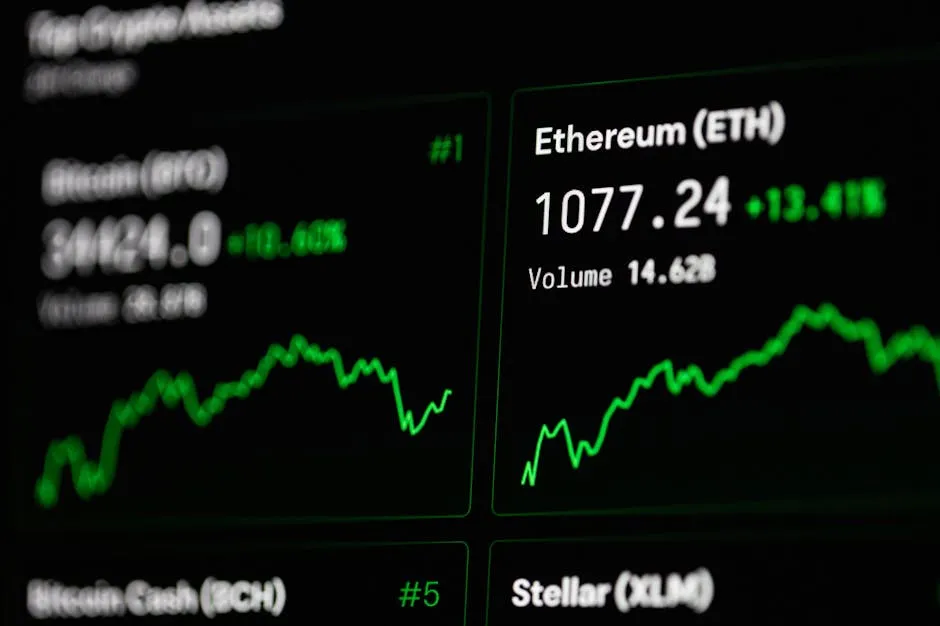
Understanding Ether ETF Inflows: Implications for Traders and the Market
As the cryptocurrency market continues to evolve, the introduction of Ether ETFs (Exchange-Traded Funds) has become a significant point of discussion among traders and investors alike. These financial instruments not only provide new avenues for investment but also serve as critical indicators of institutional sentiment towards Ethereum and the broader cryptocurrency landscape. In this article, we’ll delve into what Ether ETF inflows mean for traders, the market dynamics at play, and how they may influence both short-term volatility and long-term adoption.
What are Ether ETFs?
Ether ETFs are investment funds that track the price of Ethereum, allowing traders to gain exposure to the cryptocurrency without having to buy and hold the underlying asset directly. This can be particularly appealing for institutional investors who may prefer the regulatory oversight and transparency that ETFs provide. As these funds accumulate assets, the inflows can act as a barometer for market sentiment, reflecting the confidence of larger investors in Ethereum’s future.
The Significance of Inflows
When we talk about Ether ETF inflows, we’re referring to the amount of capital entering these funds. Significant inflows typically indicate a bullish market sentiment, suggesting that institutional investors are betting on Ethereum’s price appreciation. Conversely, outflows can signal bearish sentiment, where investors are pulling back their investments, potentially anticipating a downturn.
For traders, monitoring these inflows can provide valuable insights. A surge in ETF inflows might foreshadow an upward price trend, while substantial outflows could indicate an impending decline. By keeping an eye on these trends, traders can make more informed decisions regarding their positions in the market.
Short-Term Price Volatility
One of the immediate effects of Ether ETF inflows is increased short-term price volatility. When large sums of money flow into ETFs, it can create upward pressure on the price of Ethereum as demand increases. This can lead to rapid price fluctuations, which traders often seek to capitalize on through various trading strategies.
However, this volatility can also work against traders. Rapid price changes can lead to unexpected losses if positions are not managed carefully. Therefore, understanding the context of these inflows is crucial for effective trading. Traders should be aware of both the potential for profit and the risks associated with short-term market movements driven by institutional activity.
Long-Term Adoption and Market Stability
While short-term volatility can be enticing for traders, the long-term implications of Ether ETF inflows are equally important. Increased institutional investment through ETFs can lead to greater market stability over time. As more traditional finance players enter the space, the overall credibility of Ethereum and the cryptocurrency market is enhanced, paving the way for broader adoption.
Long-term adoption is also driven by the infrastructure and regulatory frameworks that accompany ETFs. With more institutional players involved, there is a push for better regulations and practices that can further legitimize the cryptocurrency space.
Conclusion
Ether ETF inflows are more than just a statistic; they are a signal of institutional sentiment and a catalyst for both price volatility and long-term market adoption. For traders, understanding these inflows can provide a significant edge, helping them navigate the complex world of cryptocurrency trading. By keeping a close eye on the movements of Ether ETFs, traders can better position themselves to take advantage of market trends and make informed investment decisions.
As the landscape of cryptocurrency continues to change, staying informed about these developments is crucial for anyone looking to thrive in this dynamic environment.



